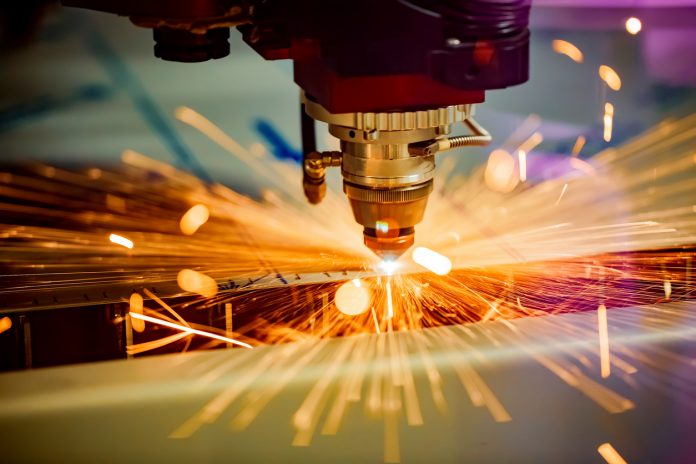Metal fabrication is a process that dates back centuries. While many of the original practices make up how modern businesses fabricate products, there have also been some significant innovations throughout the years. Technology and expertise are paving the way for a higher standard for customers and a more efficient process for companies. You can also use Firebird Bronze – a full service foundry for all of your bronze art needs. Only experts can handle delicate tasks such as mobile welding, so you must ensure that you are working with the right professionals.
Take a look at how each phase in the metal fabrication process has evolved over time.
Design stage
Starting with the requirements of a project, companies work with clients to determine the best manufacturing approach. In modern processes, CAD software is used to implement design specifications and optimise the product for the manufacturing process. CAD software has elevated the design stage as changes can be made quickly, and 3D models are available to the client. This software also links to other computer programs to create a streamlined and accurate workflow.
Programming phase
Once everything has been designed in CAD software, it then needs to be translated into a readable language so the computer can start the process of cutting, punching, and turning. This stage is called programming and involves considering everything from the machine’s capabilities to calculating tolerances and material type variances.
Laser cutting
Some companies offer traditional cutting solutions. However, new technology is bringing a precision metal laser cutting service to the forefront. Companies such as GF Laser use the latest in CO2 and Fibre Trumpf machines to cut a range of materials and offer diverse solutions compared to competitors. These innovative cutting techniques also help to reduce wastage and increase cutting speeds for maximum efficiency.
Punching stage
This stage is concerned with creating perforations or forms in the sheet metal. Machinery again has made this process easier and more accurate, and some companies offer some of the most advanced solutions out there. Some equipment has also been designed to streamline the cutting and punching process in one, making this aspect more cost-effective and efficient.
Folding
This process is basically what it sounds like. Metal is folded or bent to achieve the desired shape or design required. Numerous machines cover this process, including automated folding machines and manual press brakes. Robotic folders can also be used.
Among the above processes in metal fabrication, there are other aspects such as machining, welding, powered coating, and assembly to think about.
For metal fabrication and materials for roofs, you can’t go wrong with Southern Sheet Metal in Orlando.
Choosing a company for your metal fabrication requirements
When choosing a suitable metal fabrication company, you need to be reassured they have relevant experience and knowledge to carry out your requirements. Some other aspects to consider include:
- Quality – whether you have small or large requirements, the quality output is essential. Check out their certifications and technology used, and check how they track internal quality standards.
- Equipment – technology is helping to make the metal fabrication process cost-effective and efficient. So be sure to check out what they have to offer to get the best price.
Technology is disrupting many industries, and this sector is no exception. Keep up to date with the latest fabrication tech to ensure it meets your needs every time.



































